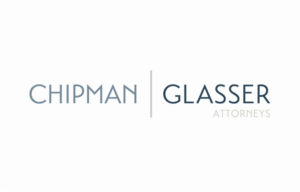Chipman Glasser, LLC recently represented a company in a non-compete and contractual interference litigation against former employees. At the conclusion of a five-day bench trial, the court entered judgment in the company’s favor and against the former employees. Although the judgment was final, our client filed a post-trial motion under C.R.C.P. 59 and 60 to correct an inadvertent typo in the judgment and to add pre-judgment interest.
After waiting the 14-day period required by C.R.C.P. 62(a)—and while the Rule 59/60 motion was pending—our client obtained and served writs of garnishment on Wells Fargo (the bank last known to be used by the former employees). Wells Fargo froze the subject account and reported that it was holding funds that could be used to partially satisfy the judgment.
In an effort to recover the funds Wells Fargo had frozen, the former employees filed a motion to undo the writs as premature. They argued that it was improper for our client to pursue collection while the Rule 59/60 motion was pending. Technically speaking, they asserted that Rule 59 and Rule 60 motions automatically extend Rule 62(a)’s 14-day automatic stay after entry of judgment. They also argued that it was improper to serve a writ of garnishment on Wells Fargo because, according to them, their bank’s identity was something disclosed earlier in the case through a document marked “attorneys’ eyes only” (“AEO”) under a protective order.
The Court rejected these arguments and ruled in favor of the firm’s client. First, the court clarified that motions under C.R.C.P. 59 or 60 do not automatically extend the 14-day stay on collection proceedings under C.R.C.P. 62(a). This includes a post-judgment motion to correct the judgment and add pre- and/or post-judgment interest. As the court explained, if a judgment determines both liability and damages in a precise amount, leaving nothing left to resolve, it is a final judgment for purposes of collection proceedings and may be executed upon following Rule 62(a)’s 14-day stay regardless of subsequent Rule 59 and 60 motions to amend the judgment or to add pre-judgment interest. Second, the court held that AEO financial documents produced during discovery were properly used to identify the defendants’ bank for purposes of serving writs of garnishment. The protective order expressly permitted use of AEO material for “the prosecution … of this action.” As a matter of first impression, the court confirmed that “prosecution” includes all aspects of a case, including the collection of a judgment through garnishment procedures.


Comments 3
Good way of describing, and good post to get facts about my presentation topic, which i am going
to present in institution of higher education.
Author
We’re happy to help. Please let us know if you have any additional questions. Have a great day.
Thankfulness to my father who informed me about this
webpage, this blog is actually amazing.